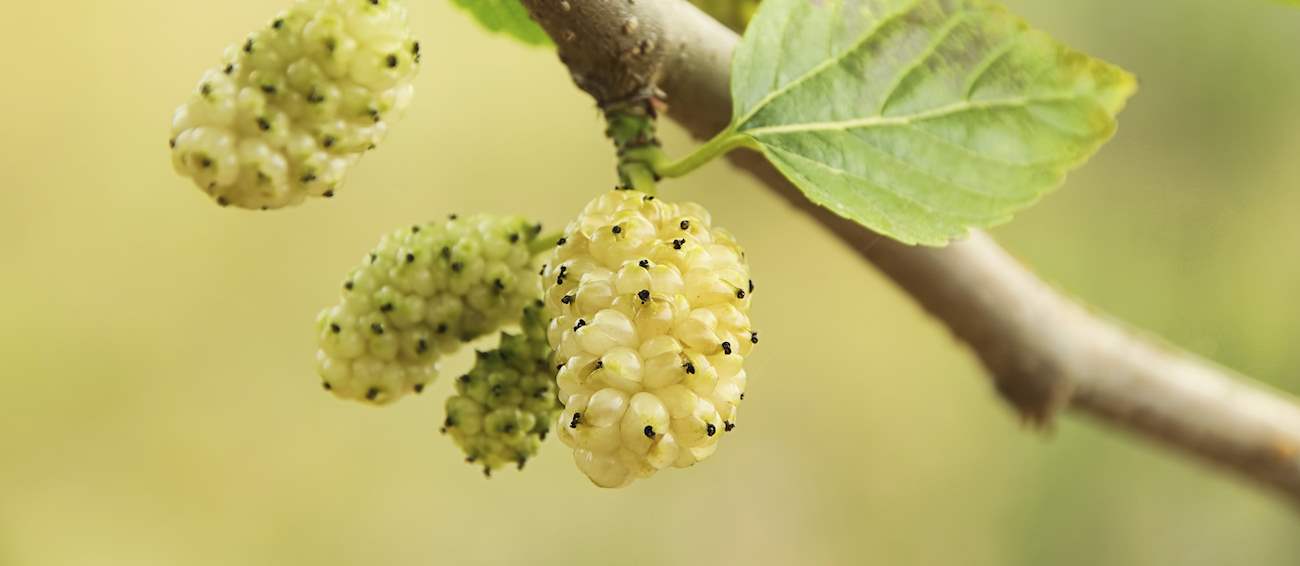Originating in China, the mulberry reached Tajikistan via the Silk Route, adapting itself to altitudes of 1100 and 2400 meters above sea level, in the autonomous Tajikistani province of Gorno-Badakhshan, situated among the Pamir Mountains. Over 60 varieties of Pamir mulberry bushes continue to be cultivated in the Pamir region, and some of them are believed to be more than 100 years old.
Primarily gathered for personal consumption, the mulberries have played a significant role in the local diet and culture. They are typically enjoyed fresh or in the form of syrups or jams, although they can also be dried and stored for winter use.
A traditional sweetener, called pikht, is another popular specialty made with Pamir mulberries, and it is commonly added to seeds, cereals, sour cream, fermented milk, or tea to impart its sweet flavor. The local population has repeatedly depended on mulberries as a primary source of nutrition in the face of difficult times and wars, including WW2 and the long civil war that lasted until 1997.
Unfortunately, this traditional food item has gradually been overshadowed by the changing habits in diet and a growing preference for industrial products.

